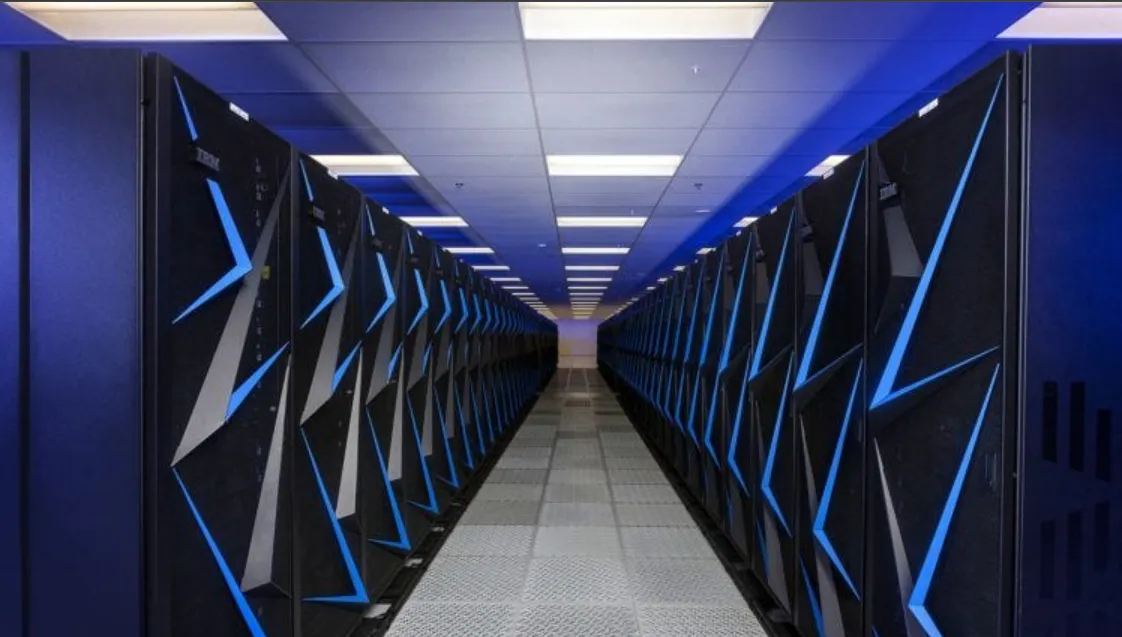
Scientific times require technological solutions. That’s how they appeared – the monsters of productivity and the leaders of computing power – supercomputers. We tell you who they are, what they can do and why they are needed.
How a Supercomputer Works
Today’s most powerful machines will become a lagging pile of metal tomorrow, so there is no clear definition of what a supercomputer is. The essence of this supermachine is the ability to process huge amounts of data and perform complex calculations in a relatively short period of time. Maximum benefit in minimum time – that is the principle.
A modern supercomputer is a huge machine consisting of several processors, memory modules and boards that are connected into computing nodes and linked together by a single network. The control system is something like a department manager: it distributes and controls the load, and also monitors the execution of tasks. Coolers cool the device, and uninterruptible power supply systems ensure its continuous operation. A supercomputer takes up (super) much space and consumes a lot of electricity.
How a Supercomputer Beat Garry Kasparov at Chess
How is a supercomputer different from a regular computer? From a data center?
About the same as a sports car differs from a radio-controlled toy car – the executable processes are the same, but the capacities are completely different.
Supercomputers differ, first of all, in a large number of computing resources, which are most often concentrated in one place and work on a common task. It is difficult to draw a line between a supercomputer and a data center, since it is also possible to rent a processor on supercomputers and perform your own calculations. The difference between them is rather that data centers focus on processing large amounts of data, while supercomputers are more concerned with the speed of calculations.
Interestingly, a comparison to advanced gaming platforms like Vave Casino shows how far computational power has come. Platforms like Vave offer a seamless, real-time gaming experience that some consider the best live casino online, showcasing the impressive optimization of modern technology.
Calculations that would take your home computer years to complete, a supercomputer does in a fraction of a second. How does it do it?!
Parallelism of operations. The supercomputer can distribute tasks across thousands of different cores, which allows it to solve a huge number of tasks simultaneously.
Cooling system. The supercomputer thinks a lot, and this provokes the release of a large amount of thermal energy. The developers equip the complex with special coolers to keep
the temperature in the operating range.
Multilayer memory architecture. The device uses several layers of cache and RAM. This allows instant access to data libraries and pulls up the necessary information without delays.
Optimized algorithms and operating systems. Developers try to squeeze maximum performance out of the supercomputer. Most modern supermachines run on improved versions of operating systems: Linux, BSD, Unix and mixed-type OS. They are optimized for parallel computing and managing a large number of processor cores. For example, your home computer most likely runs on a regular operating system – Windows or MacOS.
Scalability. The computer industry is developing faster and faster every day. A good supercomputer should be assembled in such a way that it is always ready to upgrade and expand its already incredible capabilities.
The performance of supercomputers is measured in flops (FLOPS – Floating point
Operations Per Second). This non-system unit shows how many floating point operations per second a computing complex can perform. A supercomputer with an average capacity of 1.1 exaflops per second makes 1 quintillion 100 quadrillion calculations!
Where Supercomputers Are Used
Most often, such devices are used for large and very difficult mathematics. The tasks can be very different: calculate aerodynamics, draw a hyper-realistic cartoon, predict the weather or climate change, simulate a nuclear reaction and much more.
For example, the use of supercomputers in the field of nuclear technology in the future will make it possible to avoid testing deadly weapons in the real world and prevent many negative consequences.
Supercomputers can not only calculate, but also model reality, which means they can see many different options for the development of certain events. With the help of these machines, astrophysicists and cosmologists can simulate a wide variety of physical events and make predictions about the behavior of the Universe.
The level of influence of technology on our lives can sometimes be frightening. However, as the power of modern devices grows, so does the range of tasks they can solve. And this is good news!